Rosh Hashanah
Rosh Hashanah, which translates to "Head of the Year", is the Jewish New Year. It is a time of reflection, introspection, and prayer, as well as a time of joy and celebration. Rosh Hashanah falls on the first two days of the Jewish month of Tishrei, which usually corresponds to September or October in the Gregorian calendar. It marks the beginning of the High Holy Days, culminating in Yom Kippur, the Day of Atonement.
Traditions and Customs
- Blowing the Shofar: One of the central mitzvot (commandments) of Rosh Hashanah is the sounding of the shofar, a ram's horn. The shofar is blown to awaken the soul and inspire repentance.
- Tashlich: On the afternoon of the first day of Rosh Hashanah, some Jews participate in the ritual of Tashlich, in which they symbolically cast off their sins by throwing bread or pebbles into a body of water.
- Special Prayers: Rosh Hashanah services include special prayers, such as the recitation of the Unetaneh Tokef prayer, which emphasizes the solemnity of the day and the concept of divine judgment.
- Apples and Honey: It is traditional to eat apples dipped in honey, symbolizing the hope for a sweet and fruitful year ahead.
Themes
Rosh Hashanah is a time for both celebration and serious contemplation. It is a period of self-examination and repentance, as well as an opportunity to reaffirm one's commitment to living a righteous life. The holiday emphasizes the themes of renewal, forgiveness, and the belief in the possibility of positive change.
Study Guide
- What is the literal translation of "Rosh Hashanah"?
- On which days of the Jewish month of Tishrei does Rosh Hashanah occur?
- What is the significance of blowing the shofar on Rosh Hashanah?
- Describe the ritual of Tashlich.
- What is the symbolic meaning of eating apples dipped in honey on Rosh Hashanah?
- What are some of the central themes of Rosh Hashanah?
◂Social Studies Worksheets and Study Guides First Grade. Observance of Holidays
Worksheet/Answer key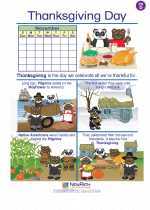 Thanksgiving Day
Thanksgiving Day  Worksheet/Answer key
Worksheet/Answer key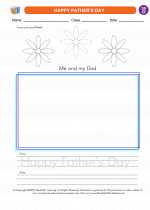 HAPPY FATHER'S DAY
HAPPY FATHER'S DAY  Worksheet/Answer key
Worksheet/Answer key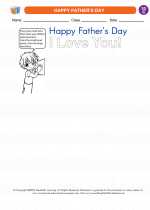 HAPPY FATHER'S DAY
HAPPY FATHER'S DAY  Worksheet/Answer key
Worksheet/Answer key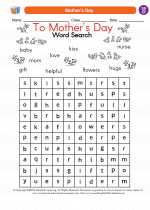 Mother`s Day
Mother`s Day  Worksheet/Answer key
Worksheet/Answer key Mother`s Day
Mother`s Day  Worksheet/Answer key
Worksheet/Answer key World Holidays
World Holidays  Worksheet/Answer key
Worksheet/Answer key World Holidays
World Holidays  Worksheet/Answer key
Worksheet/Answer key World Holidays
World Holidays  Worksheet/Answer key
Worksheet/Answer key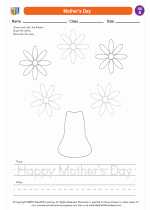 Mother's Day
Mother's Day  Worksheet/Answer key
Worksheet/Answer key Veterans Day
Veterans Day  Coloring Worksheet
Coloring Worksheet Vererans Day Color and Cut Activity
Vererans Day Color and Cut Activity 

 Worksheet/Answer key
Worksheet/Answer key
 Worksheet/Answer key
Worksheet/Answer key
 Worksheet/Answer key
Worksheet/Answer key
 Worksheet/Answer key
Worksheet/Answer key
 Worksheet/Answer key
Worksheet/Answer key
 Worksheet/Answer key
Worksheet/Answer key
 Worksheet/Answer key
Worksheet/Answer key
 Worksheet/Answer key
Worksheet/Answer key
 Worksheet/Answer key
Worksheet/Answer key
 Coloring Worksheet
Coloring Worksheet

The resources above cover the following skills:
Social Studies, Grade 1
History. The student understands the origins of customs, holidays, and celebrations. The student is expected to:
Compare the observance of holidays and celebrations, past and present.